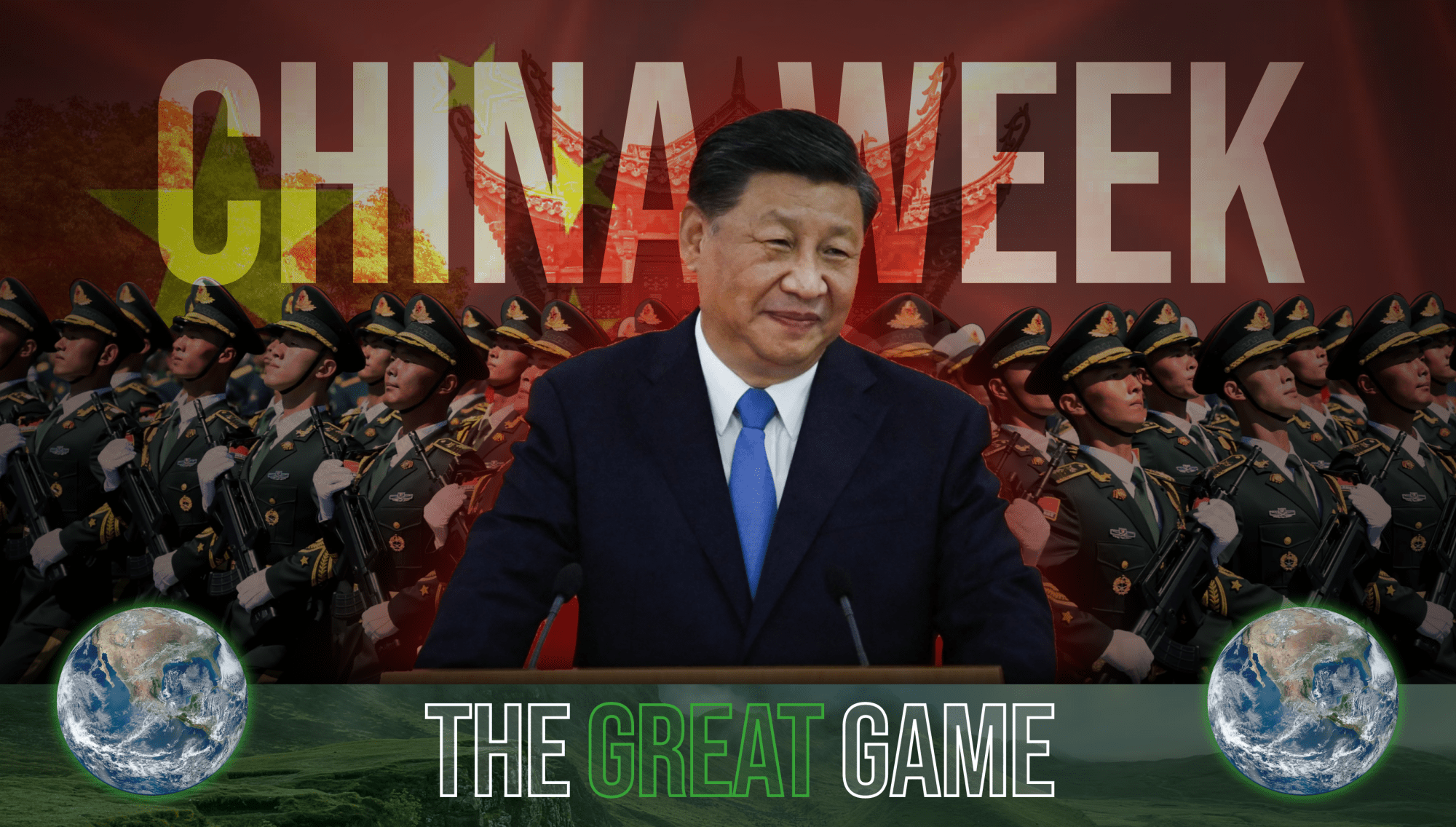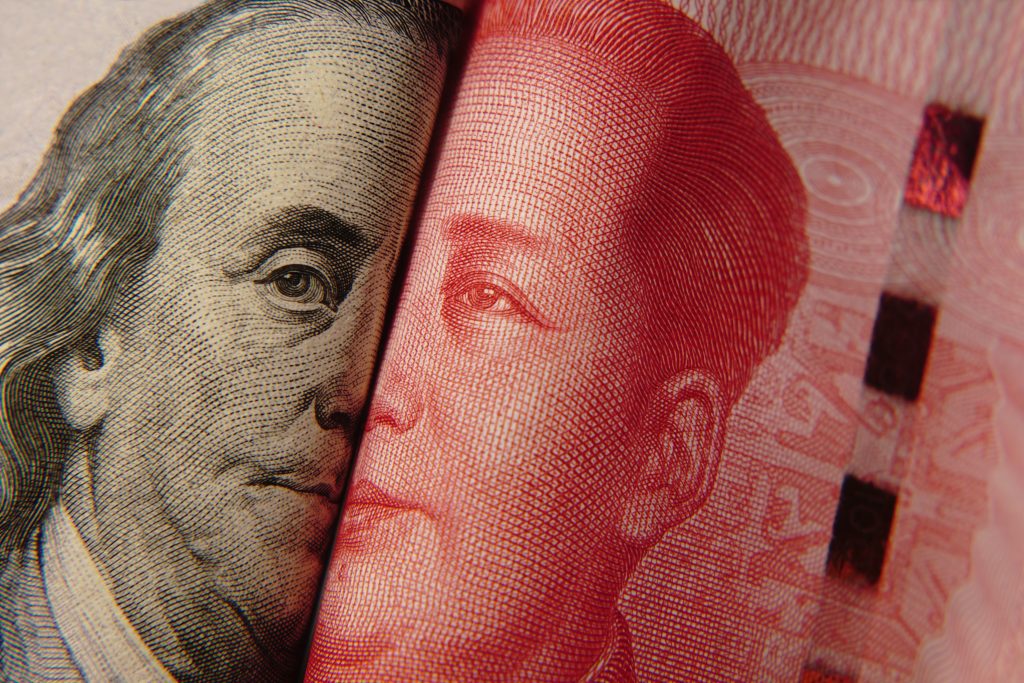De-Coupling or Detente? The Future of US-Chinese trade in the balance

Welcome to this week’s Great Game, which is of course Chinese-themed. We take a closer look at the current debate in the US regarding investments in Chinese firms and strategic sector competition.
Flip-flop strategies
One of the most enduring legacies of Barack Obama’s presidency is the Pivot to East Asia. After the Bush administration left the US bogged down in Middle Eastern conflict, Obama saw the need to turn the strategic eye of the world’s only superpower to the Pacific and the upcoming Chinese challenger. The idea was good, but Obama’s presidency still got bogged down in Middle Eastern conflicts, namely Syria and Libya. And the Obama administration completely failed to set up a clear strategy for containing and engaging China on trade and tech, especially after Xi Jinping took power in Beijing.
Enter Donald Trump. During his election campaign, he wanted to take back US manufacturing and called out the Chinese for “cheating” on trade deals (just like Canada, Mexico and almost any other trade partner). In 2017, he levied historic tarriffs on Chinese manufacturing, ending a century-long American insistance on global free trade and unhindered movement of goods. This essentially started the trade war with China and was both very popular in the US population, but also very troubling for the State Department and other US officials, who were engaging China along completely different lines.
During 2018 and 2019, Trump doubled down and actually managed to get most of the administration behind him in a unified approach to China on trade, tech and defense. The Pacific Command changed it name to Indo-Pacific Command to signal the US’ intention to corner the Chinese and counter their rising influence across the Asian rim. Mike Pompeo (Trump’s Secretary of State) was charged with accusing China of cheating their way to world domination and the Department of Justice launched the China Initiative aimed at curtailling Chinese covert influence in the US. Everything seemed to be in concert and a joint strategy against China was in the making.
But then Trump decided that he needed to be the “deal-maker” ahead of the 2020 election. He vetoed sanctions against key Chinese officials and in January 2020, he signed the Phase One trade deal with Xi. This would mark the beginning of a new era; Trump had raised the stakes and gotten the Chinese to fold – to put it in poker-terms that I’m sure Trump would approve of. This detente only lasted a few months until the coronavirus hit. Or the China Virus, as Trump mockingly labelled it. Trump was seemingly personally provoked by the pandemic and allowed his administrations to pursue the aforementioned sanctions and slowly lost interest in the China project. He had made his deal and now needed China as a scapegoat heading into the november elections.
All in all – it’s no wonder if the Chinese were puzzled about the US strategy and approach as Biden took office.

For years, the US have struggled to find their footing vis-a-vis the new Chinese threat. We have seen countless attempts at “strategic pivots” and contructive meetings, but it’s no wonder if the Chinese are left with a feeling of confusion. What do the US actually want? What will be the next steps in Bidens “de-coupling” from China?


0 Comments